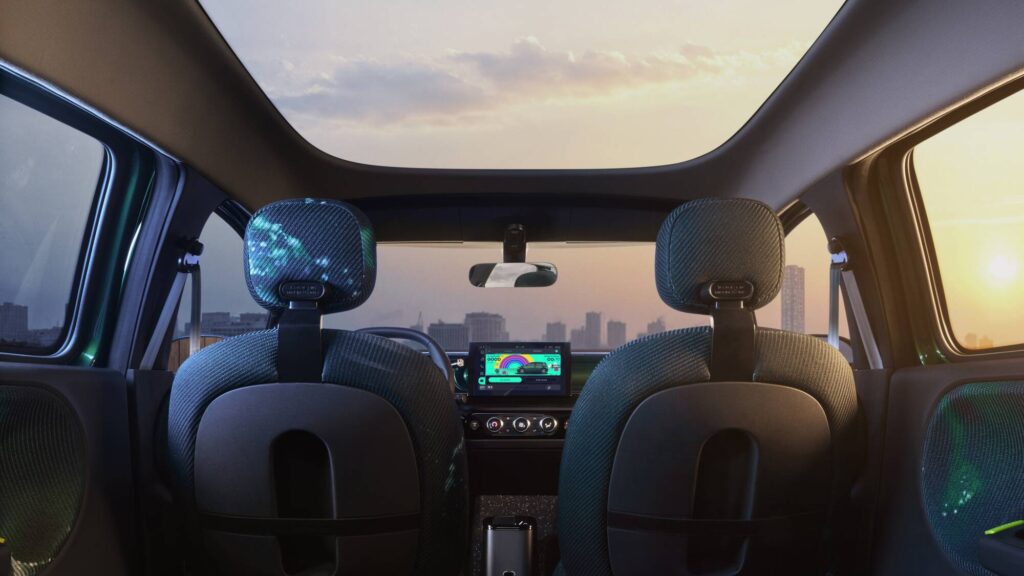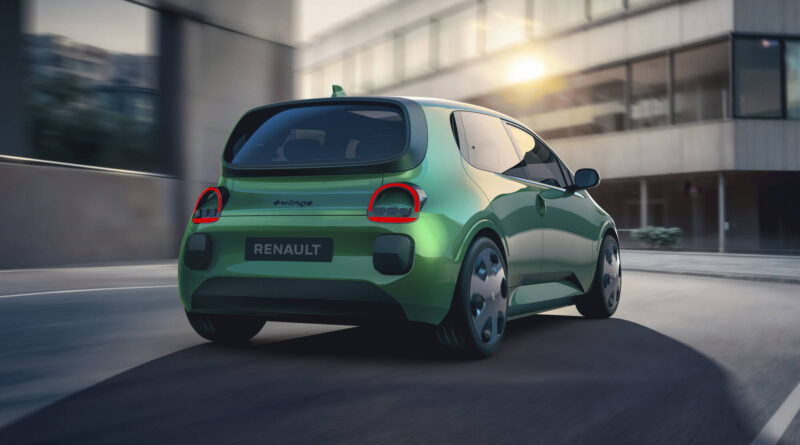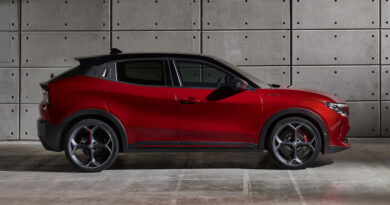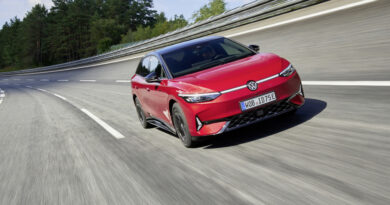2026 Twingo with ’90s inspired cabin will be Renault’s cheapest (and most fun) EV yet
The 2026 Renault Twingo prototype has been unwrapped at the Brussels motor show, giving the best indication yet of how the French brand plans to evolve its 2023 Twingo concept into a production EV.
With a production Twingo EV on sale next year, it’s claimed to be near 90 per cent ready to roll. Renault has confirmed the city car will land in European dealers in the first half of 2026, priced below €20,000 ($33,300).
At that money, think of the Twingo EV as a cuter, more stylish take on the cheap Chinese EVs like the BYD Dolphin ($29,990) and the GWM Ora ($33,990) – but only if the Twingo heads Down Under.
READ MORE: Renault and Chinese player the key behind Twingo EV cheapie
READ MORE: Renault 5 EV is a reborn retro delight and ready to shake up the affordable EV market.
READ MORE: Renault Twingo E-Tech takes the fight to the BYD Dolphin, GWM Ora and MG4.
Bosses at the Brussels show made no mention on export plans for the Twingo nor whether it will be made in right-hand drive.
Measuring 3750mm long and sitting on the same AmpR Small platform as the larger 2025 Renault 5 E Tech and 2025 Renault 4 Tech, the new Twingo is around 170m shorter than the reborn R5.
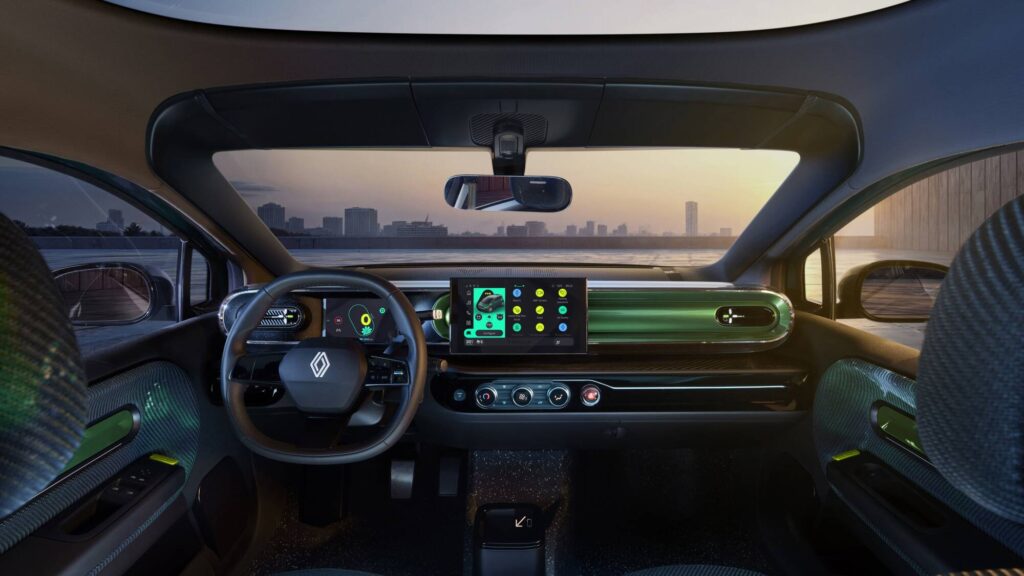
Promised to deliver “upper-segment tech” and be both “joyful” and “trendy”, the prototype’s interior is equipped with both a 7.0-inch digital instrument cluster and 10.1-inch infotainment system.
Better than that, there were plenty of tributes to the glorious original first-generation city car that launched back in 1992, but never sold in right-hand drive markets like Australia.
Witness how the seats of the prototype match the exterior paint and the general oval theme that references the first-gen hatch.
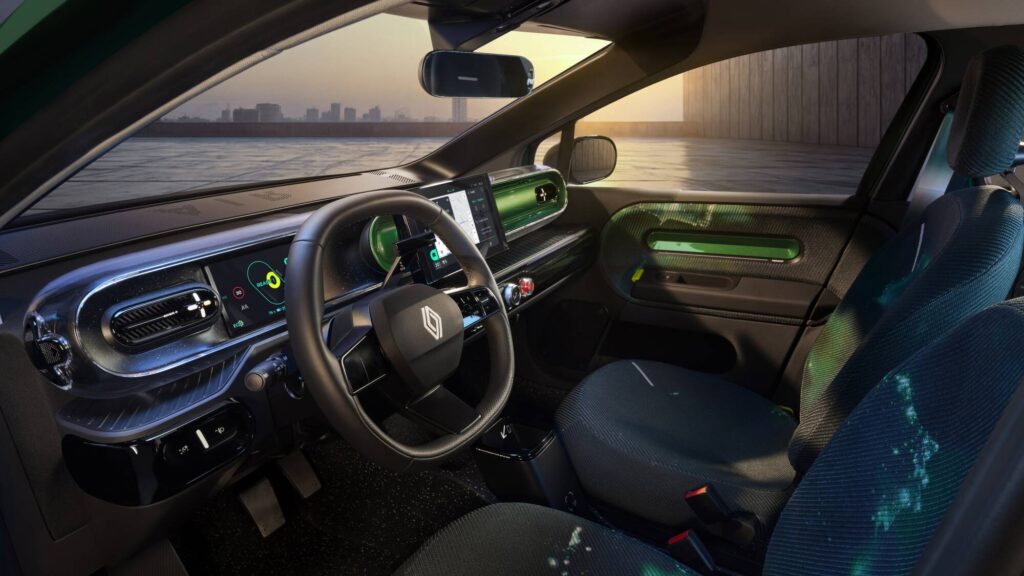
The links continue with the red hazard lamps button and skateboard wheel adjustment for the front seats. The new Twingo is fun and interesting in a way most budget EVs aren’t.
Practicality hasn’t taken a back seat. There’s bag storage cubbies under the dash and a flat full-width shelf for books or sunnies.
In the second row is a split-folding bench seat, plus magnetic phone-mounts on the back of the front headrests, as well as an elasticated bottle holder.
Unusual materials employed within the Twingo include a cork floor that was chosen for its durability, although the sustainable material will almost be certain to be dropped for production.
Look closely and you might also spot the odd exterior tweak away from the Twingo concept.
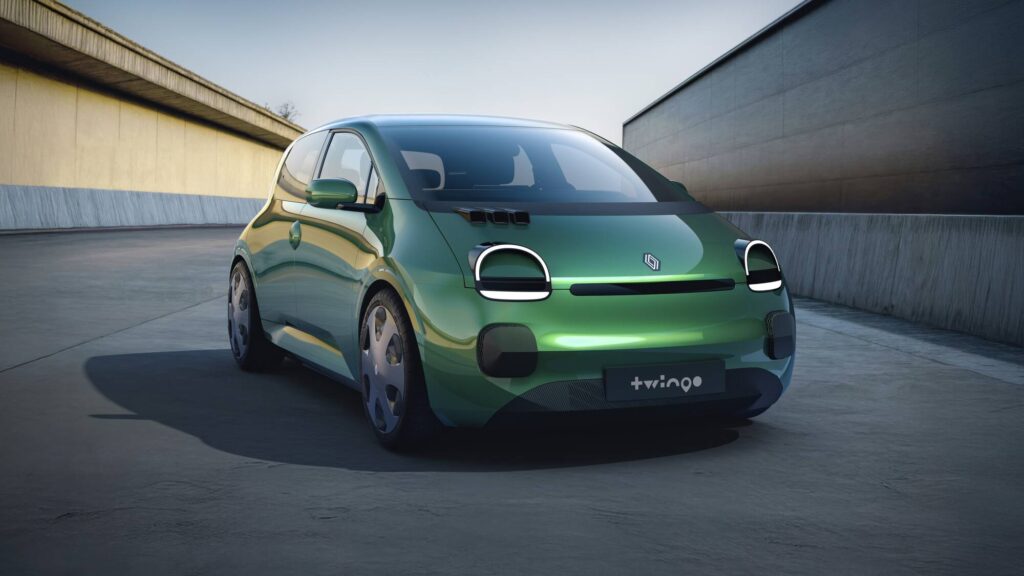
There’s a new air intake in the front bumper, plus its rear arches have been slimmed down, meaning the Twingo EV now looks less of a hot hatch.
New rub pads with a honeycomb design have also been added on all four corners reducing the risk of damage associated with parking in urban areas.
Other changes include door handles that no longer light up and new rear LED lamps that are now D-shaped instead of the original concept’s upturned Cs.
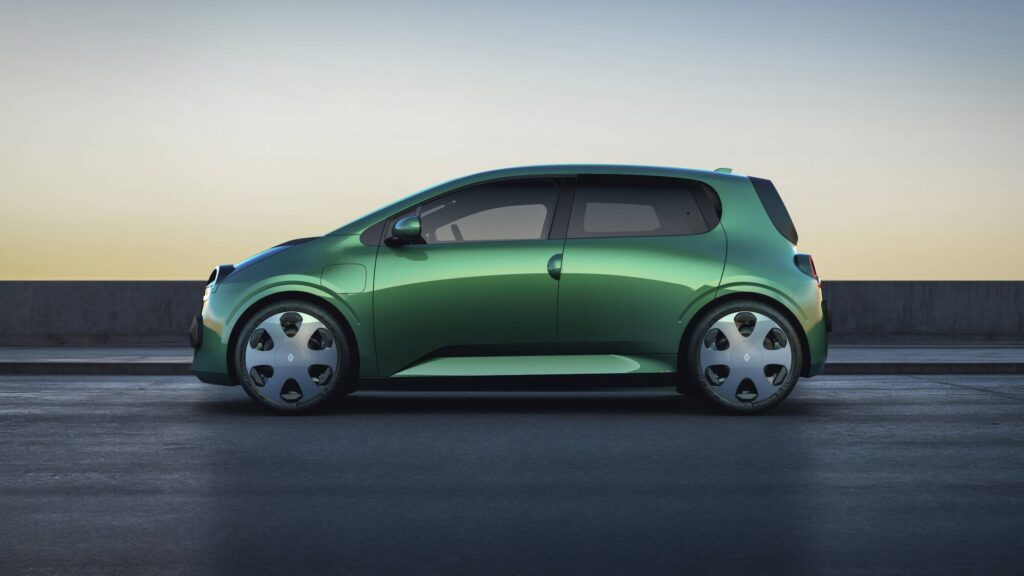
There’s no word on what will power the new Twingo, but a safe bet is it will be related to the Renault 5 E Tech’s all-electric powertrain.
Keeping costs low, the next-gen Twingo will be developed alongside the all-electric Nissan Micra and an unknown Chinese hatchback.
Originally, Renault wanted to work with Volkswagen and base its new Twingo on the inbound VW ID.1 until talks broke down and the French brand teamed up with an unnamed Chinese car-maker.
